4 July
1533 – Burning of John Frith, reformer, theologian and martyr, at Smithfield for heresy. Frith was charged with heresy because of his religious views, which included his belief that Christ's words about the sacrament, “This is my body”, were not to be taken literally. Frith was given the chance to recant, but he refused.
1550 – Appointment of Dr Robert Huick (Hewicke) as Physician Extraordinary to Edward VI by letters patent. His annual stipend was £50. Huick had served Edward's father, Henry VIII, during his final illness, and he also went on to serve Elizabeth I.
1597 – Executions of Catholic priest and martyr William Anlaby with Thomas Warcop, who had been charged with harbouring him, and layman Edward Fulthrop. They were executed at Knavesmire, York. Anlaby was beatified in 1929 by Pope Pius XI.
1623 – Death of William Byrd, the famous Elizabethan English composer. He was buried next to his wife in the parish of Stondon Massey in Essex. His biographer, Craig Monson, writes that “Byrd was the first Englishman to master fully the quintessential feature of continental Renaissance music, systematic but flexible imitative textures” and he started his career as a pupil of Thomas Tallis. Byrd's works include “Cantiones sacrae” (1575), “Psalmes, Sonets, & Songs of Sadness and Pietie” (1588), “Songs of Sundrie Natures” (1589) and “Gradualia” (1605-1607).
5 July
1535 - Sir Thomas More, who was imprisoned in the Tower of London and awaiting execution, wrote his final letter. It was to his beloved daughter, Margaret Roper, and it was written in coal. More was executed the following day.
1583 – Execution of John Copping, shoemaker and religious radical, for 'dispersing' books by Robert Browne and Richard Harrison, which were viewed as “sundry seditious, schismatical and erroneous printed books”. Copping had been arrested with his friend Elias Thacker, a tailor, and Thacker was executed the day before. Books were burned at each of their executions.
1589 – Executions of Catholic priests and martyrs George Nichols and Richard Yaxley, along with Catholics Thomas Belson and Humphrey Prichard. Nichols and Yaxley were hanged, drawn and quartered, and Belson and Prichard were hanged.
1589 – Hanging of Joan Cunny (Cony), one of the 'Essex Witches', at Chelmsford. Cunny had been accused of killing her neighbours and causing a great storm. Cunny had told of how she knelt in a circle and prayed to Satan to conjure her familiar and spirits. The pre-trial examinations of Cunny, Joan Prentice and Joan Upney were published in 1589 as “The Apprehension and Confession of Three Notorious Witches”. Joan Prentice, who had a ferret-shaped familiar named Satan who had killed a child, was also hanged on 5th July.
1591 – Burial of Humfrey (Humfray) Cole, goldsmith, engraver, mathematical instrument maker and die sinker, at St Gregory by St Paul's, London. Cole was a die sinker at the Tower of London mint. His mathematical instruments included an armillary sphere, astrolabe and instruments needed for Martin Frobisher's 1576 voyage. Twenty-six of his instruments still survive today.
1600 – Execution of Jean Livingston (Lady Warriston) at the Girth Cross in Edinburgh. She was beheaded by the 'Maiden', a type of guillotine, for murder. Livingston was unhappily married to John Kincaid of Warriston when her nurse, Janet Murdo, came up with the idea of murdering him to release Livingston from her torment. Livingston asked a servant, Robert Weir, to do the deed, which he did on the night of 1st July 1600. Murdo was burned at the stake on Castle Hill and Weir, who had fled after the murder, was arrested in 1604 and 'broken on the wheel' at Edinburgh.
6 July
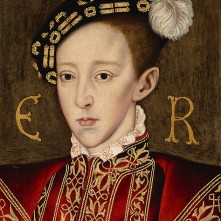
Edward VI
1535 - Execution of Sir Thomas More, Henry VIII's former friend and Lord Chancellor, for high treason for denying the King's supremacy.
1537 – Execution of Sir Robert Constable at Beverley's Gate in Hull. Constable had been an active participant in the Pilgrimage of Grace Rebellion in 1536, but had received a royal pardon and had gone on to try and suppress Bigod's Revolt in 1537. However, he was summoned to London in 1537, and subsequently tried and condemned to death. He was hanged in chains.
1553 - King Edward VI died at Greenwich Palace. Click here to read more.
1560 – Signing of Treaty of Edinburgh (Treaty of Leith) between representatives of Elizabeth I and Francis II of France, husband of Mary, Queen of Scots. The terms were that French and English troops were to withdraw from Scotland and that Francis and Mary should stop using the title and arms of the monarch of England and Ireland, which belonged to Elizabeth I.
1570 – Death of Margaret Clement (née Giggs), wife of John Clement and adopted daughter of Sir Thomas More, in Mechelen where she and her husband had gone into exile. Margaret was buried in the Cathedral of St Rumbald. Trivia: In 1537, Margaret bribed the gaoler at Newgate Prison to let her feed the Carthusian priests who were starving there.
1583 – Death of Edmund Grindal, Elizabeth I's Archbishop of York and of Canterbury, at Croydon.
1585 – Executions of Thomas Alfield, Catholic priest, and Thomas Webley, a dyer, at Tyburn. They had been tried and condemned under statute 23 Eliz. c.2 s.2, which made the publication of any book attacking the queen a felony punishable by death. The book in question was Dr William Allen's book, “Modest Defence of the English Catholiques”, which Alfield and Webley had helped to distribute.
1614 – Death of Sir Anthony Cope, 1st Baronet, politician and Puritan. He was buried at Hanwell, Oxfordshire.
1618 – Death of John Davies of Hereford, poet and writing master. He was buried in the church of St Dunstan-in-the-West, London. His works included “The Scourge of Folly”, “Writing Schoolmaster”, or, “The Anatomy of Fair Writing” and “Mirum in modum: a Glimpse of Gods Glorie and the Soules Shape”.
7 July
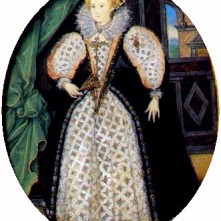
Penelope, Lady Rich, by Hilliard
1537 – Death of Madeleine de Valois, also known as Madeleine of France, first wife of King James V of Scotland. Madeleine died in her husband's arms at Edinburgh just six months after their wedding and less than two months after her arrival in Scotland. She was buried in Holyrood Abbey.
1540 – Anthony St Leger was appointed Lord Deputy of Ireland.
1545 – Death of William Crane, merchant, musician and Master of the Choristers of the Chapel Royal. He was buried in St Helen's Church, Bishopsgate, before the high altar.
1548 – Treaty of Haddington between France and Scotland. By the terms of this treaty, the Scots and French agreed to the marriage of Mary, Queen of Scots, and Francis, the Dauphin.
1553 – Goldsmith Robert Reyns informed Mary (future Mary I) of Edward VI's death. Mary was staying with Lady Burgh at Euston Hall, near Thetford, and Reyns had rushed from London to give her the news.
1556 (or 8th July) – Executions of Henry Peckham and John Danyell, conspirators. They were hanged, drawn and quartered after being found guilty of treason for their involvement in the Dudley Conspiracy.
1568 – Death of William Turner, naturalist, herbalist, ornithologist, reformer, physician and the man referred to as “the father of English botany and of ornithology”. He died at his home in Crutched Friars, London, and was buried in St Olave's Church, Hart Street.
1585 – Birth of Thomas Howard, 14th Earl of Arundel, 4th Earl of Surrey, and 1st Earl of Norfolk, politician and art collector, at Finchingfield, Essex. He was the only son of Philip Howard, 13th Earl of Arundel, and his wife, Anne Dacre.
1607 – Death of Penelope Rich (née Devereux), Lady Rich, at Westminster. Penelope was the sister of Robert Devereux, 2nd Earl of Essex, and is thought to have inspired poet Philip Sidney's “Astrophel and Stella”. She married Robert Rich, Lord Rich, in 1581, but was having a love affair with Charles Blount, Baron Mountjoy, by 1595. Penelope married Blount, who was now Earl of Devonshire, in a private ceremony in 1605 after her divorce. The marriage led to the couple's banishment from court. Devonshire died in 1606.
8 July
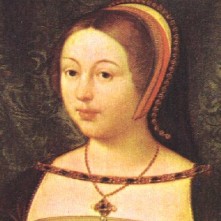
Margaret Tudor
1503 – Margaret Tudor said farewell to her father, Henry VII, and set off to Edinburgh to marry James IV. Anne Boleyn's father, Thomas Boleyn, was one of the men who accompanied her.
1536 – Death of William Wyggeston, merchant and benefactor, at Leicester. He was buried in the collegiate church of St Mary in the Newarke, Leicester, which was destroyed around 1548.
1540 – Abolition, by Henry VIII, of all heretical books and those containing errors.
1549 – The beginning of Kett's Rebellion. Robert Kett, a Norfolk farmer, agreed to lead a group of protesters who were angry with the enclosure of common land. The protesters marched on Norwich, and by the time they reached the city walls, it is said that they numbered around 16,000. Click here to read more.
1553 - Mary Tudor, daughter of Henry VIII and sister of the late King Edward VI declared herself queen at Kenninghall in Norfolk. Click here to read more.
9 July
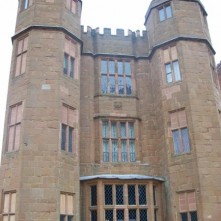
Kenilworth Castle
1539 – Execution of Sir Adrian Fortescue, courtier and landowner, on Tower Hill. He was condemned for treason by act of attainder, but it is not known what he had done to deserve this. He was beatified in 1895 as a martyr, but historian Richard Rex points out that he is unlikely to have opposed Henry VIII's supremacy because he was a cousin of Anne Boleyn.
1540 - It was declared that the marriage of King Henry VIII and Anne of Cleves was null and void, and that both parties were free to marry again. The couple had only been married six months.
1553 – Nicholas Ridley, Bishop of London, preached at St Paul’s Cross denouncing Henry VIII’s daughters, Mary and Elizabeth, as bastards. The congregation were “sore annoyed with his words”.
1553 – The Duke of Northumberland officially informed Lady Jane Grey of Edward VI’s death in front of the Council and nobles, going on to explain the terms of Edward’s will which named Lady Jane Grey as the heir to the throne. Lady Jane Grey accepted that she was Queen.
1553 – Mary (future Mary I) wrote to the Privy Council stating her claim to the throne and demanding their allegiance. Click here to read more.
While Mary was writing this letter, John Dudley, Duke of Northumberland, was informing his daughter-in-law, Lady Jane Grey, of Edward VI's death and informing her that the King had nominated her as his successor. Jane collapsed weeping and declared "The crown is not my right and pleases me not. The Lady Mary is the rightful heir." Northumberland and Jane's parents then explained Edward's wishes to the distressed Jane, and she accepted the crown as her duty.
1575 (9th-27th) – Elizabeth I was entertained at Kenilworth Castle by Robert Dudley, Earl of Leicester. It was a special visit in that it lasted nineteen days and was the longest stay at a courtier’s house in any of her royal progresses. We know a substantial amount about Elizabeth’s visit to Kenilworth because it was recorded in a letter by Robert Langham, a member of Dudley’s household, and in an account by poet and actor George Gascoigne, a man hired by Robert Dudley to provide entertainment during the royal visit. Click here to read more about it.
1586 – Death of Edward Sutton, 4th Baron Dudley, soldier and landowner, at Westminster. He was buried in St Margaret's, Westminster. Sutton served as a soldier in Henry VIII's reign in Ireland and Boulogne, and in Edward VI's reign against the Scots. He was made a Knight of the Bath at Mary I's coronation, and then given Lordship of Dudley Castle, where he entertained Elizabeth I in 1575.
10 July
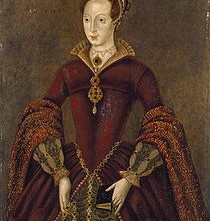
Lady Jane Grey
1553 - Lady Jane Grey, her husband, Guildford Dudley, her parents and Guildford’s mother arrived by barge at the Tower of London, having travelled from Syon. Two heralds then proclaimed that Lady Jane Grey was now Queen of England before they moved on to proclaim their message in Cheapside and Fleet Street.
1553 - A letter arrived from Mary, daughter of Henry VIII, informing the council that she was the rightful heir to the throne, not Lady Jane Grey, and demanding their support.
1559 – Death of Henry II of France. He had been injured in a joust on 30th June when he was hit in the face by a lance. It is thought that a splinter entered his eye and went into his brain. He was buried in the Saint Denis Basilica.
1559 – Accession of Francis II and Mary, Queen of Scots as King and Queen of France.
1584 – Assassination of William of Orange, also known as William the Silent or William I, Prince of Orange. He was shot in the chest at his home in Delft by Balthasar Gérard, a Catholic Frenchman. A reward of 25,000 crowns had been offered by Philip II of Spain for the assassination of William, who was the main leader of the Dutch Protestant revolt against Spanish forces in the Netherlands. William was buried in the New Church in Delft. Gérard was captured and was tortured for days before being executed on 14th July 1584.
1584 – Execution of Francis Throckmorton, Catholic conspirator, at Tyburn for high treason after he was found guilty of conspiring to remove Elizabeth I from the throne and to replace her with Mary, Queen of Scots. It appears that Throckmorton was acting as an intermediary between Mary, Queen of Scots and Mendoza, the Spanish ambassador.
1588 – Death of Edwin Sandys, Archbishop of York. He was buried in Southwell Minster.


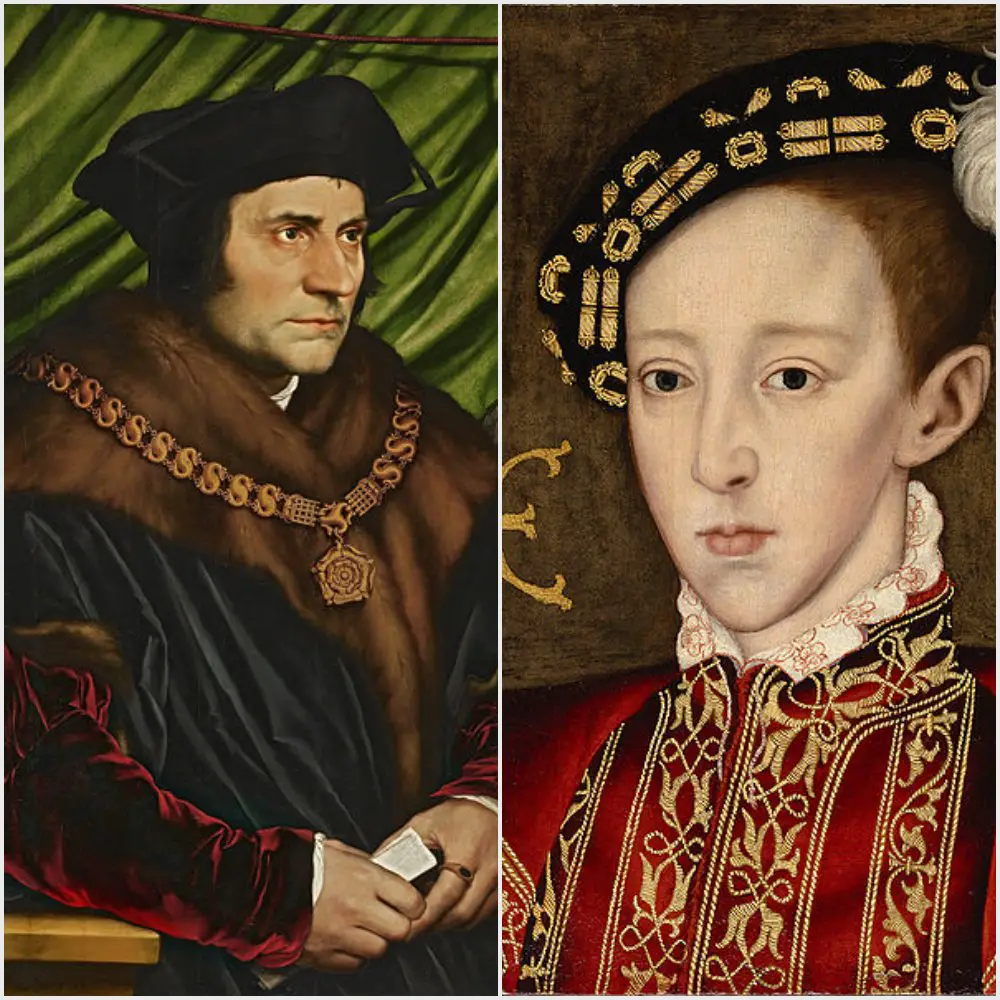
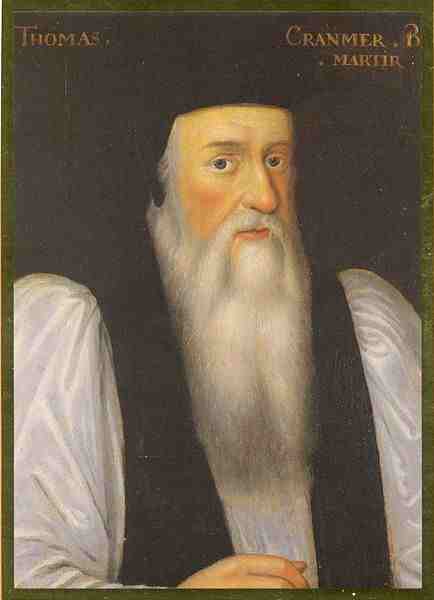
Leave a Reply